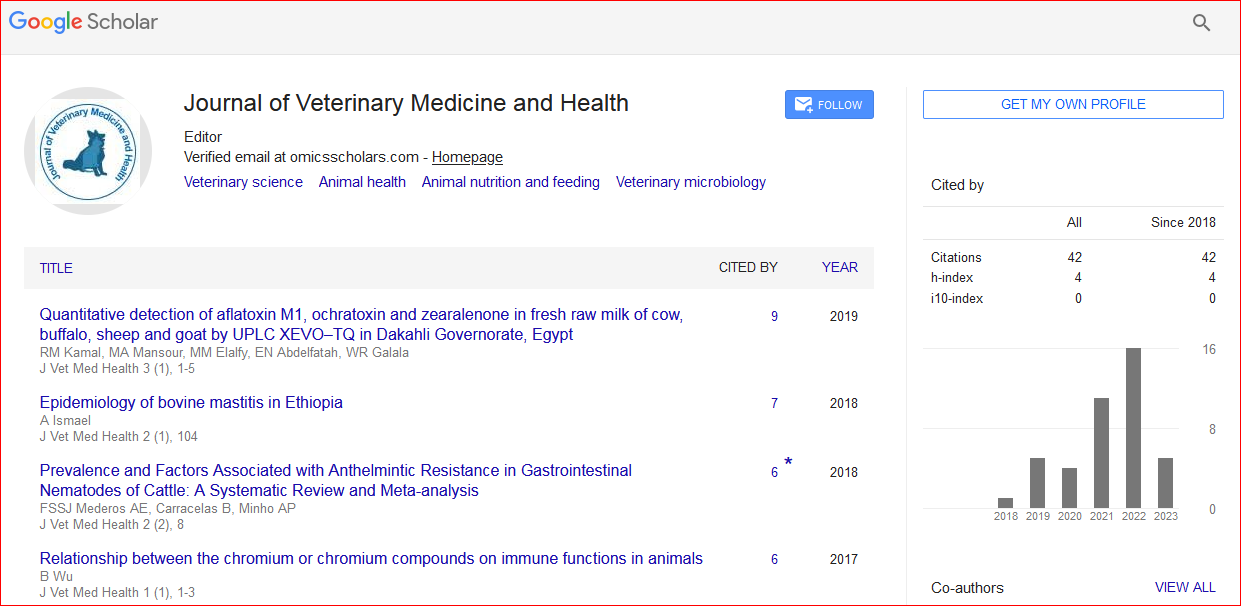In-vitro skin model construct of HaCaT cells porcine derived extracellular matrix scaffolds for tissue engineering application
*Corresponding Author:
Copyright: © 2019 . This is an open-access article distributed under the terms of the Creative Commons Attribution License, which permits unrestricted use, distribution, and reproduction in any medium, provided the original author and source are credited.
Abstract
Invitro skin models have numerous applications in the field of pharmacology, toxicology and in understanding various disease mechanisms1.Extracellular matrices from porcine gall bladder, small intestine and urinary have been shown to have excellent scaffold propertiesfor tissue engineering applications due to the presence of cytokines and growth factors that provide the biological signals for wound healing2,3. HaCaT cells, having stable genetic character, can be effortlessly exploited for in vitro skin studies as they are easier to grow and subculture when compared to primarily isolated keratinocytes. Here, an in-vitro skin model was constructed using HaCaT cells seeded on three prototypes of porcine ECM scaffolds for skin tissue engineering and regenerative medicine applications4 and it was characterized structurally and functionally.
Methodology

 Spanish
Spanish  Chinese
Chinese  Russian
Russian  German
German  French
French  Japanese
Japanese  Portuguese
Portuguese  Hindi
Hindi 